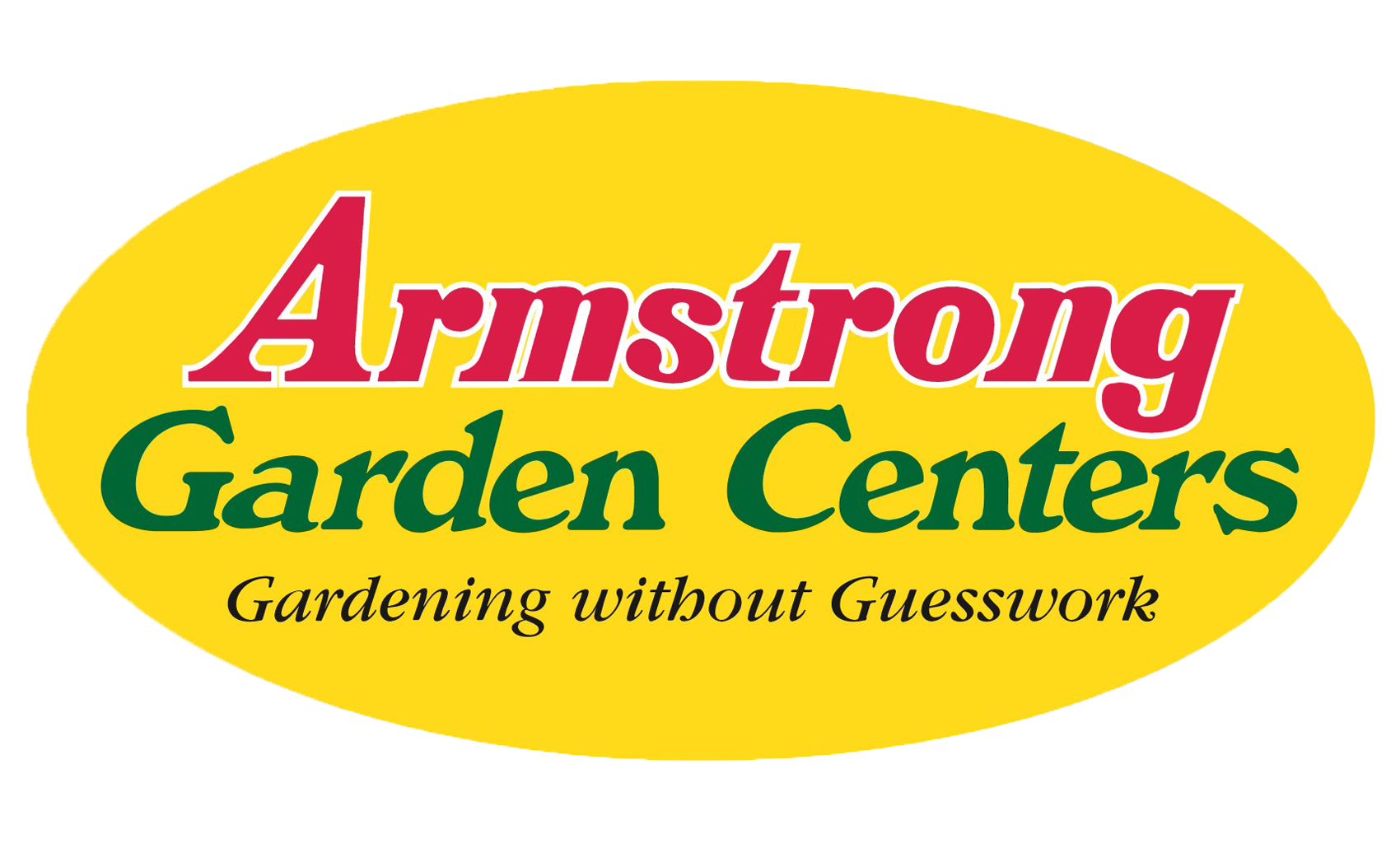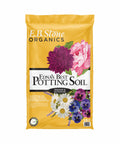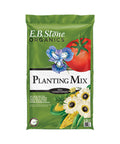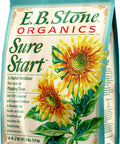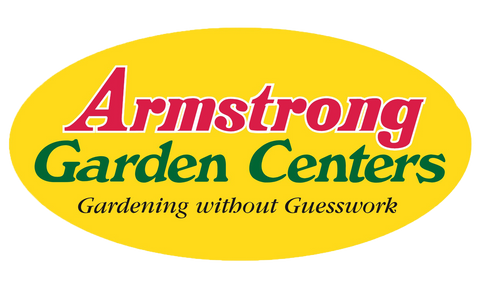Details
Edible Qualities
Sorrel is a perennial herb that is typically grown for its edible qualities, although it does have ornamental merits as well. The crinkled narrow dark green leaves with showy red variegation are usually harvested from early to late summer. The leaves have a zesty taste and a crisp texture.
The leaves are most often used in the following ways:
- Fresh Eating
- Cooking
Features
Sorrel's attractive crinkled narrow leaves remain dark green in color with showy red variegation throughout the season. It features subtle spikes of green star-shaped flowers rising above the foliage in early summer.
This is an herbaceous perennial herb with a mounded form. Its medium texture blends into the garden, but can always be balanced by a couple of finer or coarser plants for an effective composition. This is a relatively low maintenance plant, and should only be pruned after flowering to avoid removing any of the current season's flowers. Deer don't particularly care for this plant and will usually leave it alone in favor of tastier treats. Gardeners should be aware of the following characteristic(s) that may warrant special consideration:
- Self-Seeding
Aside from its primary use as an edible, Sorrel is sutiable for the following landscape applications:
- Mass Planting
- General Garden Use
- Container Planting
Care
Planting & Growing
Sorrel will grow to be about 24 inches tall at maturity, with a spread of 24 inches. When grown in masses or used as a bedding plant, individual plants should be spaced approximately 18 inches apart. It grows at a fast rate, and under ideal conditions can be expected to live for approximately 5 years.
This plant can be integrated into a landscape or flower garden by creative gardeners, but is usually grown in a designated herb garden. It does best in full sun to partial shade. It prefers to grow in average to moist conditions, and shouldn't be allowed to dry out. It is not particular as to soil type or pH. It is somewhat tolerant of urban pollution. This species is not originally from North America. It can be propagated by division.
Sorrel is a good choice for the edible garden, but it is also well-suited for use in outdoor pots and containers. It can be used either as 'filler' or as a 'thriller' in the 'spiller-thriller-filler' container combination, depending on the height and form of the other plants used in the container planting. It is even sizeable enough that it can be grown alone in a suitable container. Note that when growing plants in outdoor containers and baskets, they may require more frequent waterings than they would in the yard or garden.
